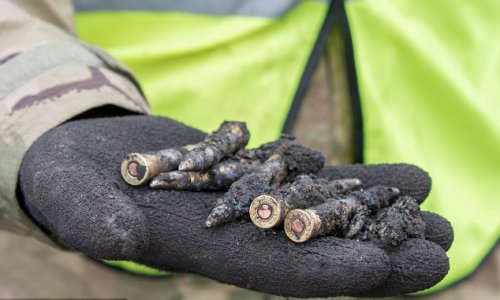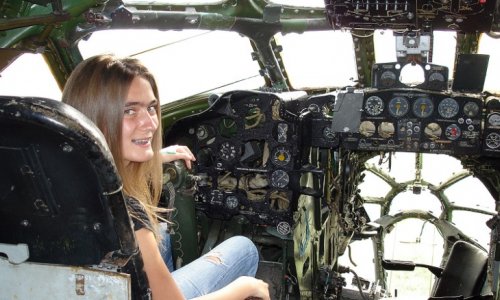Kurdish forces in northern Iraq are claiming their biggest victory yet against Islamic State (IS) militants.
They say they have broken the IS siege of Mount Sinjar, where thousands of Yazidis and other displaced Iraqis have been trapped since August.
IS controls a swathe of Iraq and Syria, where it has declared a caliphate.
Meanwhile, the Pentagon's top officer says US air strikes have killed several high-ranking military leaders of IS in Iraq.
The Kurdish offensive against IS forces besieging Mount Sinjar began early on Wednesday with the most intensive round of air strikes yet by US and coalition forces - 45 in all.On the ground, about 8,000 Kurdish peshmerga fighters launched a two-pronged attack which they said had succeeded in opening a wide corridor to allow members of the Yazidi minority and others to leave.
Masrur Barzani, Chancellor of the Kurdistan Region Security Council, said the operation had been to advance from Zumar - which Kurdish forces recaptured in October - to Mount Sinjar and to rescue the Yazidi people trapped there.
"It was a very big operation and thankfully it was concluded very successfully," he said.
Peshmerga commanders said they expected the evacuation of those trapped on the mountain to begin on Friday.
A statement from the Kurdish command said large numbers of militant fighters had fled westwards into Syria or eastwards towards Mosul, which they captured in June.
The peshmerga also said eight villages had been recaptured and about 80 militants killed in the offensive.
The BBC's Jim Muir says that if the Kurds have done all they say, it is a significant advance.
But he adds that there is still a long way to go - the town of Sinjar itself, to the south of the mountain, remains in IS hands, as do Mosul and the nearby town of Tal Afar.
IS captured the town of Sinjar in August forcing thousands of residents, mainly from the Yazidi sect, to flee. Many were airlifted off the nearby mountain but thousands more who came later found themselves trapped.
'High-value targets'
The attack on Sinjar was one of the reasons the US began air strikes against IS positions in Iraq in August. It expanded its air campaign into Syria the following month.
Gen Martin Dempsey, chairman of the US Joint Chiefs of Staff, said the air strikes that had killed the IS leaders were designed to hamper the Islamist group's ability to conduct attacks, supply fighters and finance operations.
Gen Dempsey told the Wall Street Journal that the loss of IS leaders was "disruptive to their planning and command and control".
He added: "These are high-value targets, senior leadership."
Pentagon officials said that between 3 and 9 December, US air strikes killed Abd al-Basit, head of IS military operations in Iraq, and Haji Mutazz, a key aide of IS leader Abu Bakr al-Baghdadi.
They added that in late November another strike killed Radwin Talib, IS governor of the northern Iraqi city of Mosul.
Other defence officials said a number of senior and mid-level IS commanders had also died in air strikes, and that they believed this was beginning to significantly weaken the group's leadership structure.
Map of IS areas of control
(BBC)
ANN.Az




Follow us !











